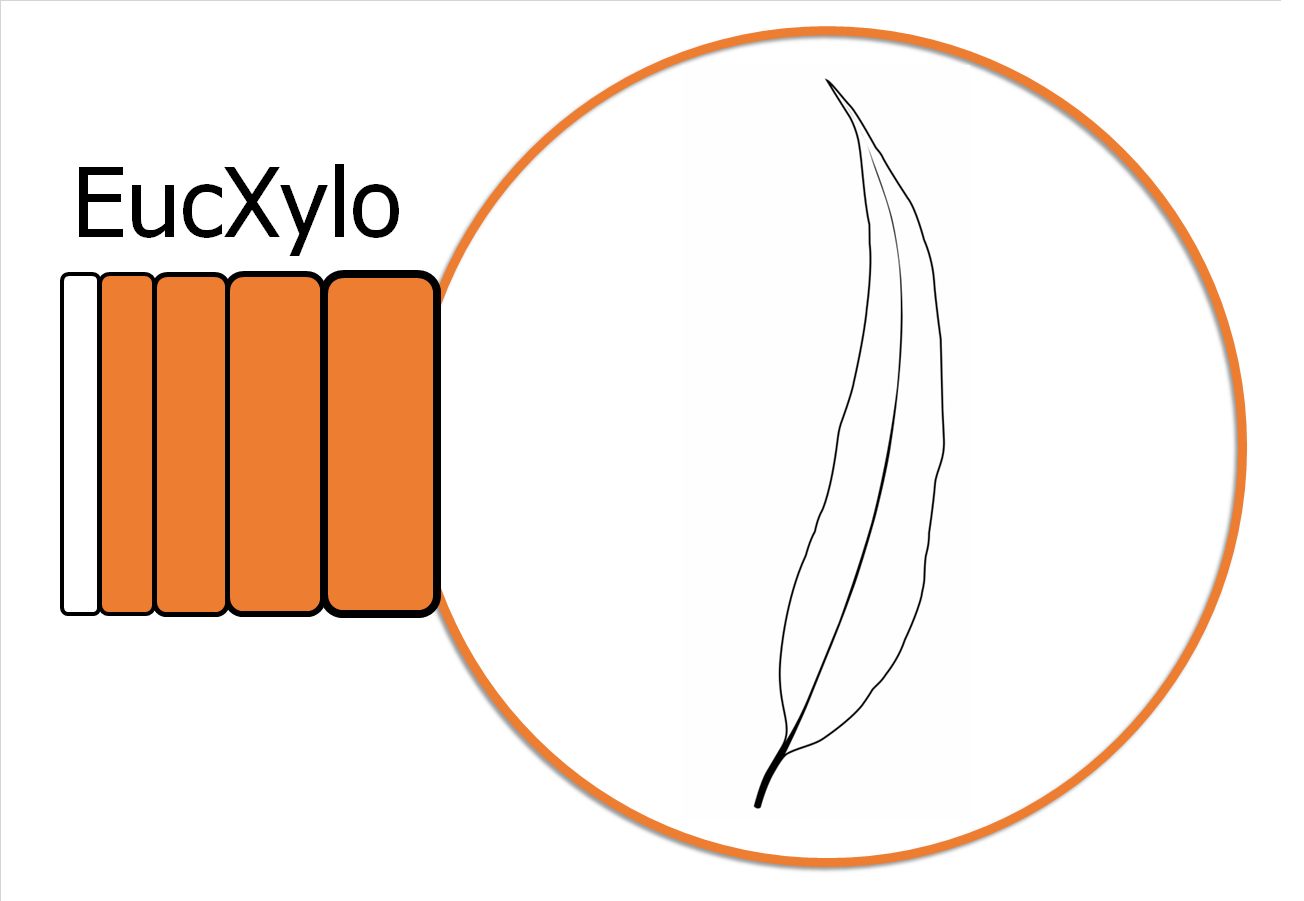
The Hans Merensky Chair in Advanced Modelling of Eucalypt Wood Formation
Understanding xylogenesis in the world's most widely planted hardwood species
Tzaneen data collection expedition
Post authored by Matthew van Eyssen
In June 2022, I had the privilege to visit the beautiful town of Tzaneen in Limpopo, South Africa. Working with the Hans Merensky Foundation, my tree data was collected from two of their long-rotation Eucalyptus grandis PSP’s (Permanent Sample Plots).

Figure1: E. Grandis trees planted by the late Hans
Merensky in 1933, still standing as a showcase site.
The project is a time-based study, using DBH (Diameter at Breast Height) data to predict and measure growth data increments from pith-to-bark on 4 cardinal strips on the selected E. Grandis trees at various heights.
The plan is to use the Silviscan and Sliverscan(NIR) techniques to predict various chemical and physical properties, giving a detailed profile of radial variation within a tree. The data can then be used to analyze significant changes in the wood properties, and linked to silvicultural practices and environmental changes throughout the tree’s life.
(a) (b)
(b) (c)
(c)
Figure2: (a) Marking the felled tree disks on site R21.
(b) One of the larger tree disks in my data collection had a 58cm diameter.
(c) Collecting soil data to predict AWC (Available Water Content) using an auger
Besides enjoying the fresh air and nature of the afforested Tzaneen, lots of work was done with the help of George, Tertius and the felling team. Data was collected on two sites using various tools like to predict MOE (Modulus of Elasticity) and resistograph readings for predicting radial tree density changes from bark to pith. In the span of 2 weeks, 30 trees were harvested from the sites and taken for further processing at the Hans Merensky Nursery.



Figure3: (a) Measuring and marking the 4 cardinal strips on each disk.
(b) Processing each disk to get pith to bark strips.
(c) Some of the disks split on impact from felling. These strips were removed, avoiding the splits as much as possible.
All the samples were placed in Plastic-Ziplock bags and sent to Stellenbosch Forestry department for further processing.
Thank you to all who made the trip possible, it was a huge success. We hope to find valuable data that will help research in Eucalyptus for the future.